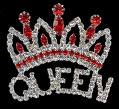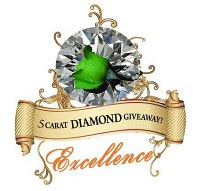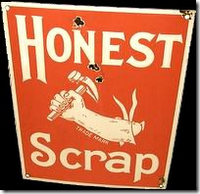Many of my blogger friends were asking me to write more about ' Golu' and the intricacies behind the arrangement. Golu is the arrangement of dolls or 'bommais' which is a form of celebrating Navarathri.
The navarathri we now celeberate is known as 'Sharad Navarathr'i. On the first phase of three days (nights) we worship Parasakthi as Durga. The word 'Durga' means one who gives protection to us from all evil tendencies. The other meaning is one who defends us from enemies. On the second phase of three days we worship Devi Goddess) as Lakshmi who gives us prosperity. And on the last three days we worship Devi as Saraswathi, The Goddess of learning, music, dance and finer arts who gives us knowledge.
We worship Devi in all Her three forms. Lalita Saharsanamam is best chanted on all the ten days in the evening. On the tenth day which is called Vijayadashami we pray to Parasakthi to give us knowledge, and release from all our evil tendencies.
Clay dolls of Hindu Gods and Goddesses, village scenes, weddings, Dasavatar (the ten avatars of Lord Vishnu) and similar themes are exhibited in odd numbered steps also termed as 'Golu padi'. These steps can be built upon using different sized boxes or readily available in shops now, all that it requires are screws and nuts to assemble. These steps can be put to use as a regular shelf later.
Traditional wooden dolls called ' Marapaachi' are adorned with grand clothing and jewellery are kept for display. A ' Kalasam' is kept in the centre, this is a brass pot filled with water and a coconut on top amidst mango leaves. Rangoli or 'Kolams' are put in front of the golu stand and at the door front door step. A lamp is lit daily. Prasads or 'sundal' of various lentils are offered each day to Gods and Goddesses. Friends and relatives are invited to witness the golu. Devotional songs are usually sung by everyone who visits home.
The visitors are offered the daily prasad alongwith betel leaf, betel nut, coconut, blouse piece, small packets of haldi and kumkum, a small mirror and a comb.
Nowadays, we find improvisation in the traditional form of 'golu'. We find theme based and hi-fi ones too. The skills and interests of the people are on display. Waterfalls and volcanoes are conceived, miniature ponds with swans, miniature trains with junctions and parks, miniature depictions of Tirupathi and other holy shrines are created with utmost care taken on minute details to replicate the original.
The ninth day of Navarathri is dedicated to Goddess Saraswathi. Books covered in silk cloth and musical instruments are kept for pooja and blessings of the Goddess is sought. Prasad of vada,appam,sundal and kheer is offered to Goddess. This is also the day of Ayudha Puja literally meaning puja for tools being used at home. Vehicles at home are washed and adorned with a paste of sandal powder, kukum and flower garlands.. Tools in factories are cleaned and adorned too. Puffed rice with jaggery is offered as prasad to all the workers in factories and to all members at home.
The tenth day of Navarathri is the Vijayadasami day. The books and tools which had been kept for worship will be removed and ready to be used. It is a new beginning for young children, be it joining a new class like singing or dancing. Toddlers begin their first lessons on this day. In the night, symbolically portraying the end of golu, a couple of dolls are made to lie down.
Navarathri is a colorful festival with each region having their own traditional way of celebrating. No matter how the celebrations are, this brings joy and happiness to everyone and togetherness in the family.








































